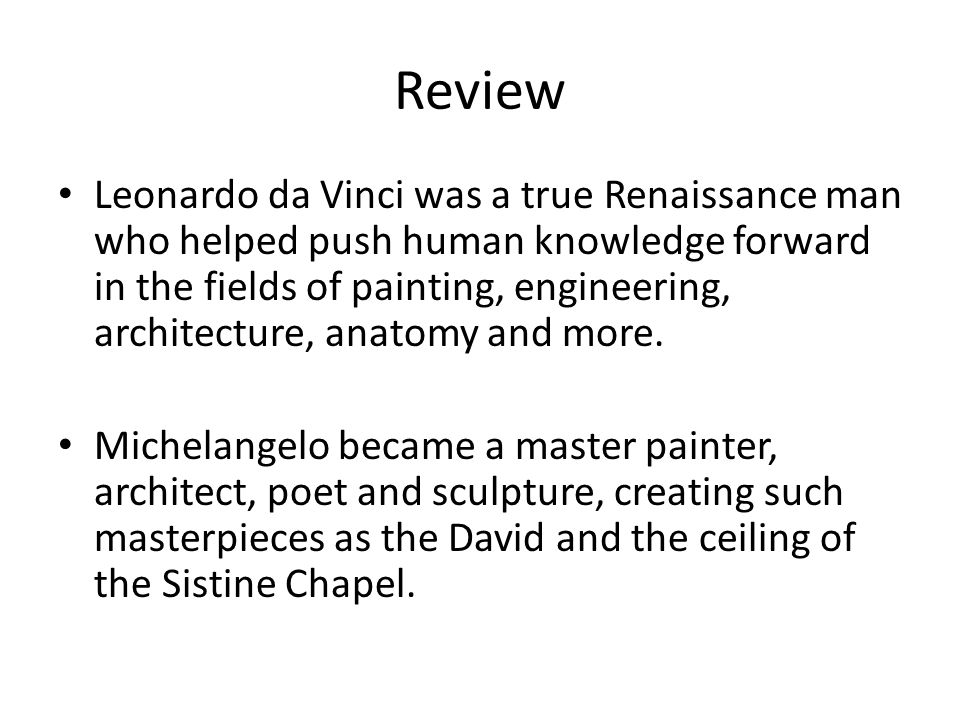Leonardo da Vinci and Michelangelo are two of the most revered figures in the history of art. While there are similarities between these two Renaissance masters, they are also notable for their differences in style and approach. Leonardo was known for his meticulous attention to detail and scientific approach to painting, while Michelangelo focused on expressing emotion and drama in his art. Leonardo was skilled in a wide range of mediums, while Michelangelo was primarily a sculptor. Notable works by Leonardo include the ‘Mona Lisa’ and ‘The Last Supper’. Michelangelo’s most famous sculpture is ‘David’. Both artists left an indelible mark on the world of art and are still celebrated today.
Leonardo da Vinci vs. Michelangelo: Contrasting the Works of Two Renaissance Masters
The Renaissance era produced some of the most iconic artists of all time, with Leonardo da Vinci and Michelangelo standing out as two of the most revered figures in the history of art. While there are some similarities between these two masters, they are also notable for their differences in style and approach. In this article, we will take a closer look at some of their most famous works, and examine the ways in which they differ from one another.
Background
Leonardo da Vinci was born in 1452 in Vinci, Italy, and began his artistic career as an apprentice to Andrea del Verrocchio. He went on to work for the Duke of Milan, creating some of his most famous works, including ‘The Last Supper’ and the ‘Vitruvian Man’. Michelangelo, on the other hand, was born in 1475 in Caprese, Italy, and began his career as a sculptor before branching out into painting and architecture. He is perhaps best known for his sculpture of ‘David’ and his frescoes in the Sistine Chapel.
Style and Technique
One of the main differences between Leonardo da Vinci and Michelangelo is their approach to art. Leonardo was known for his meticulous attention to detail and his scientific approach to painting, often spending years on a single work. Michelangelo, by contrast, was more focused on expressing emotion and drama in his art, and was known for his use of bold, powerful strokes and strong contrasts of light and shade.
Another key difference between the two artists is their use of media. Leonardo was skilled in a wide range of mediums, including painting, drawing, sculpture, and architecture, and was known for his experiments with new materials and techniques. Michelangelo, on the other hand, was primarily a sculptor, and his paintings and architectural works were often secondary to his sculptural projects.
Notable Works
Perhaps the most well-known work by Leonardo da Vinci is the ‘Mona Lisa’, a portrait that has become one of the most famous and recognizable paintings in the world. Other notable works by da Vinci include ‘The Last Supper’, ‘The Vitruvian Man’, and ‘The Annunciation’.
Michelangelo’s most famous sculpture is undoubtedly the statue of ‘David’, which depicts the Biblical hero in a moment of intense concentration and determination. Other notable works by Michelangelo include his frescoes in the Sistine Chapel and his sculpture ‘Pieta’, which depicts the Virgin Mary cradling the dead body of Jesus.
Legacy
Leonardo da Vinci and Michelangelo both left an indelible mark on the world of art and are still revered today as masters of their craft. Leonardo is often credited with embodying the ideal of the “Renaissance Man”, being skilled in a wide range of fields including science, engineering, and art. Michelangelo, meanwhile, is known for his contribution to the development of the High Renaissance style and his influence on subsequent generations of artists, particularly in the areas of sculpture and fresco painting.
Conclusion
While Leonardo da Vinci and Michelangelo may share certain traits and characteristics, they are also notable for their differences in style, technique, and approach. Both artists are still admired and celebrated today for their contributions to the world of art, and their works continue to inspire and captivate audiences around the world.
